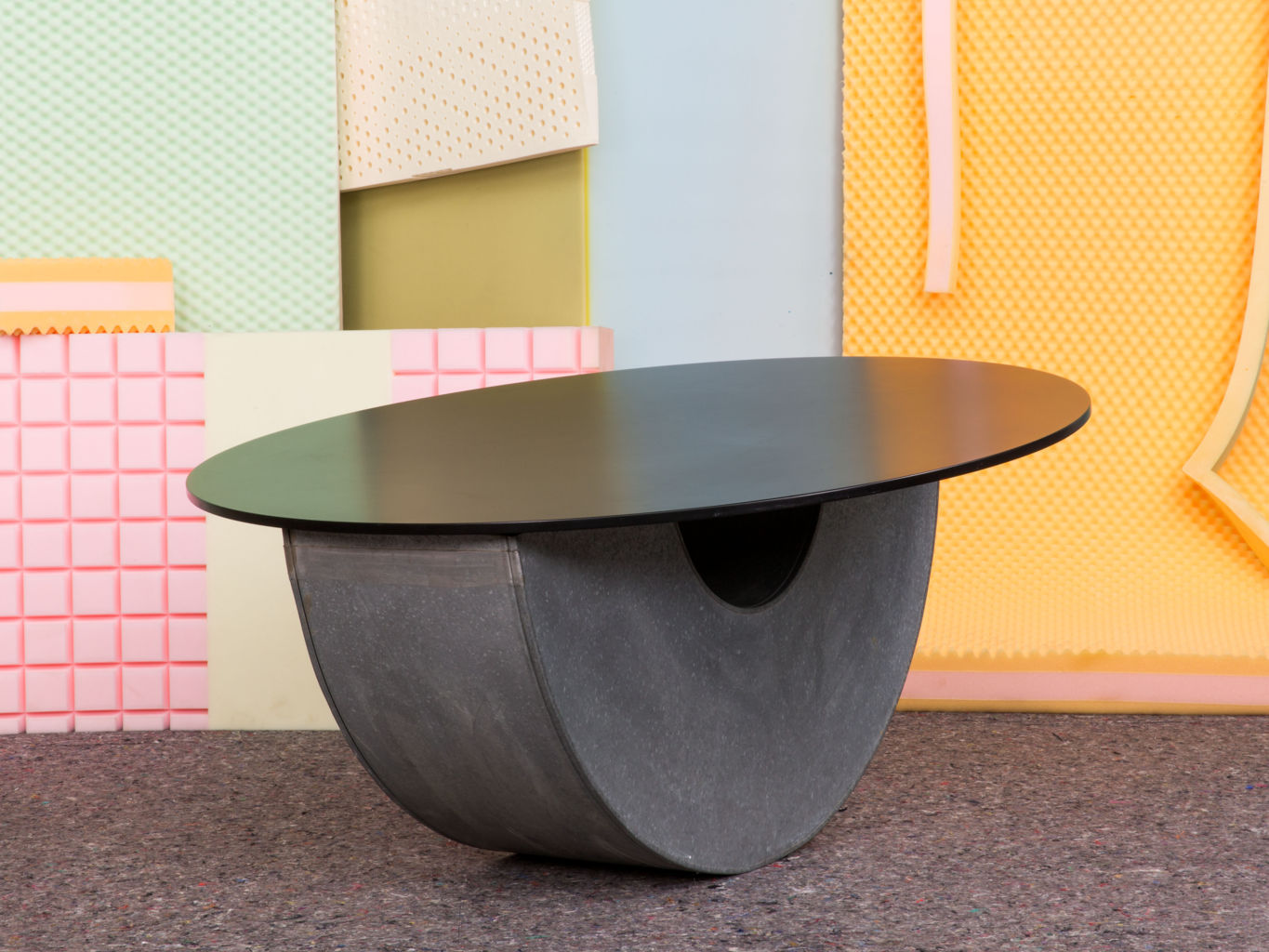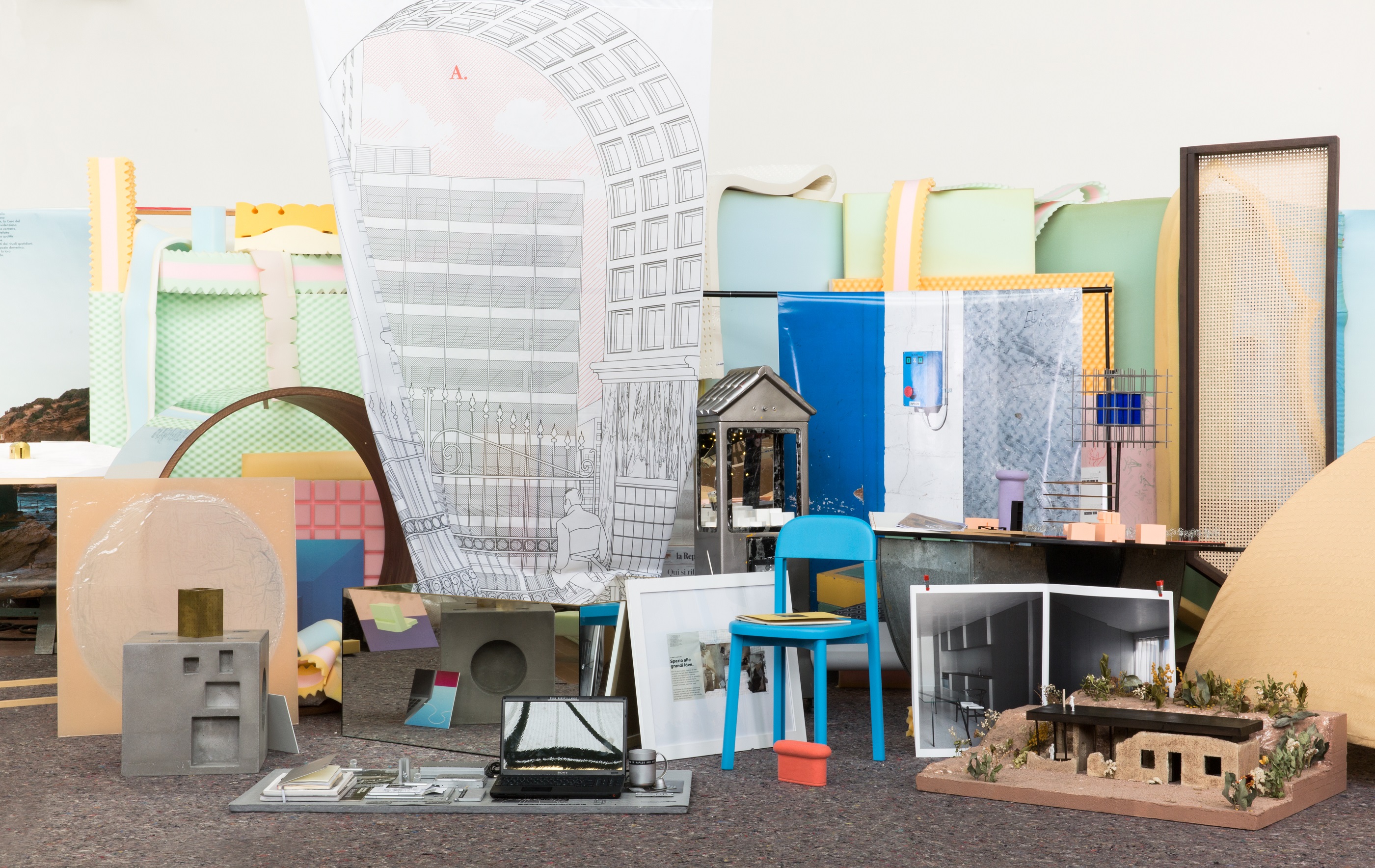
Italy: The New Domestic Landscape. New York 1972 / Venice 2020 is a project born under the star of magnificent strabismus. It looks to the past to articulate a point of view on the present. But, in stumbling upon the practical impossibilities that characterize the current context, it provides a lens to focus on what we do not yet see clearly.
The project itself falls into the reenactment category. In other words, the reactivation of an exhibition from the past by two very young architecture researchers, Chiara Carrera and Giovanni Svalduz. They were undergraduates at IUAV, the University of Architecture in Venice.
In 1972 Emilio Ambasz presented at the MoMA in New York an exhibition project that left an indelible mark on the international perception of Italian design: Italy: The New Domestic Landscape. The sacred monsters of the Sixties, including Gae Aulenti, Sottsass, Joe Colombo, Gaetano Pesce, Ugo La Pietra, Superstudio, Enzo Mari, embodied the emergence of Italian design as a dominant force, capable of radiating its influence on a global scale. The show strengthened the very notion of Made in Italy, an Anglophone expression that compresses an invigorating plurality of project culture into an exquisite marketing formula, good for every season and every palate.
Carrera and Svalduz reactivate the project by Ambasz almost fifty years later. The purpose is not at all to replicate the past, but to read it critically. It is to find purpose even in the myopia, the failures, the lost opportunities, the implicit assumptions of the original project and to depict a differential scenario in which the practice of today’s designers disconnect from a two-dimensional present.
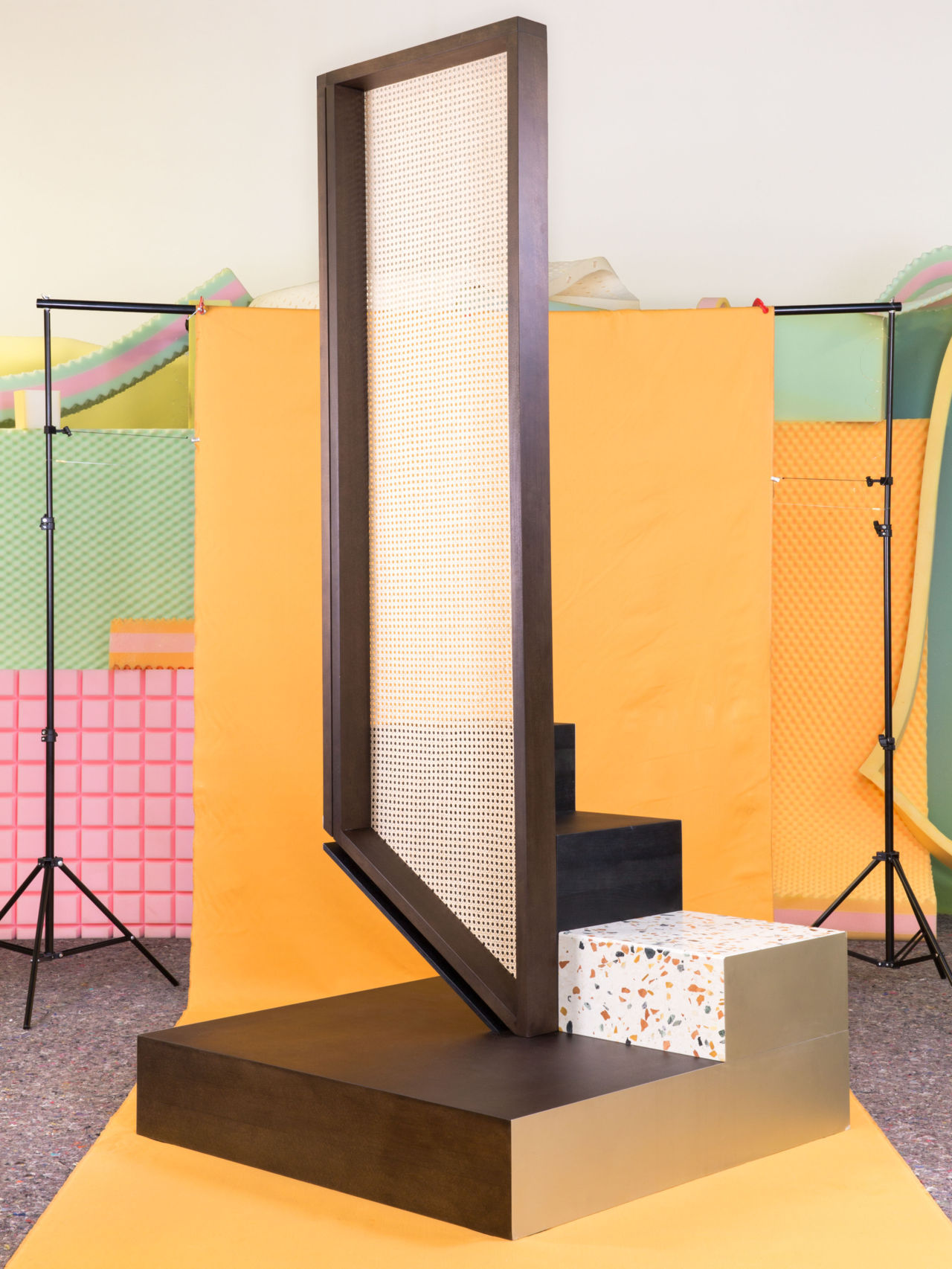
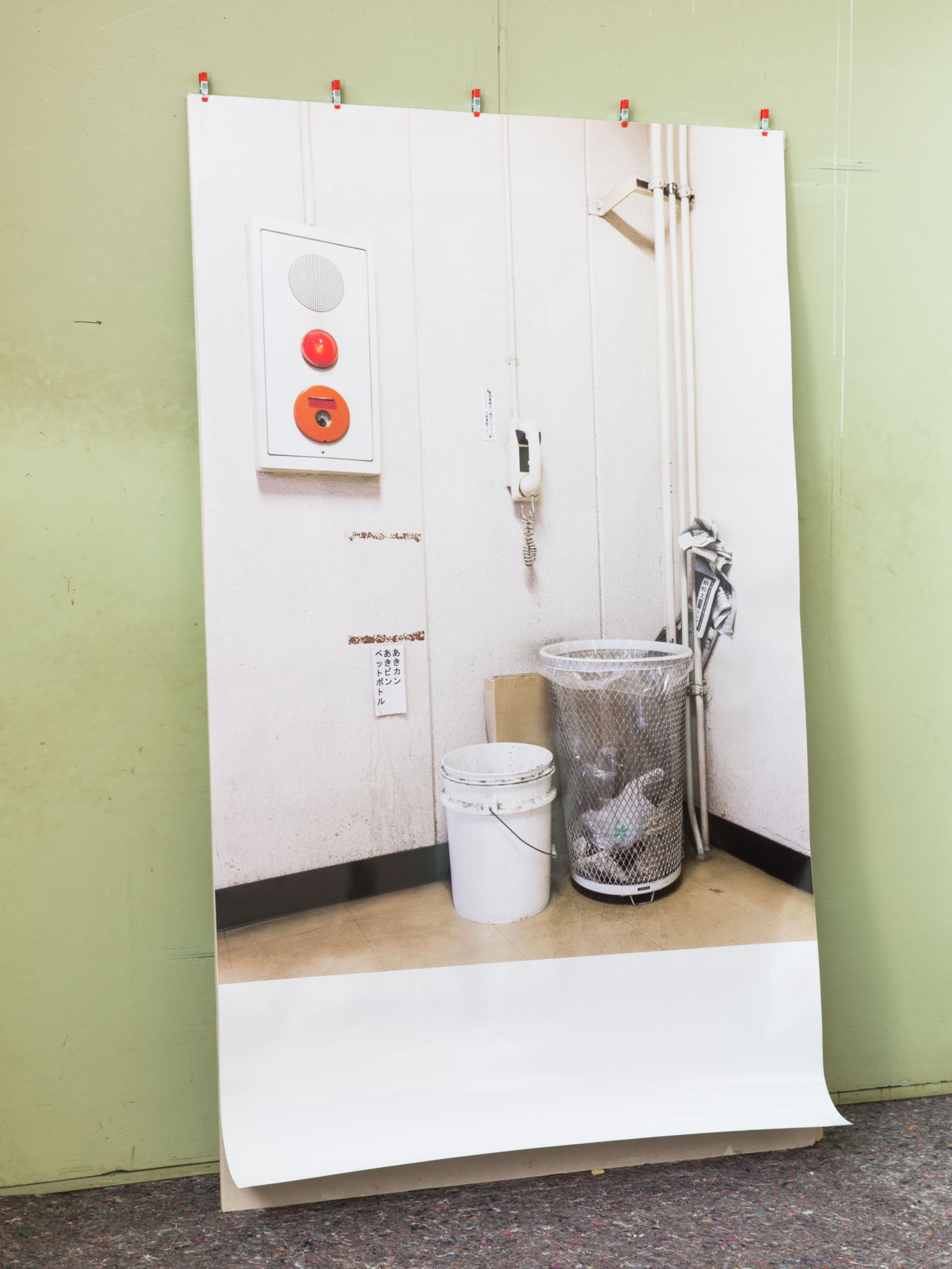
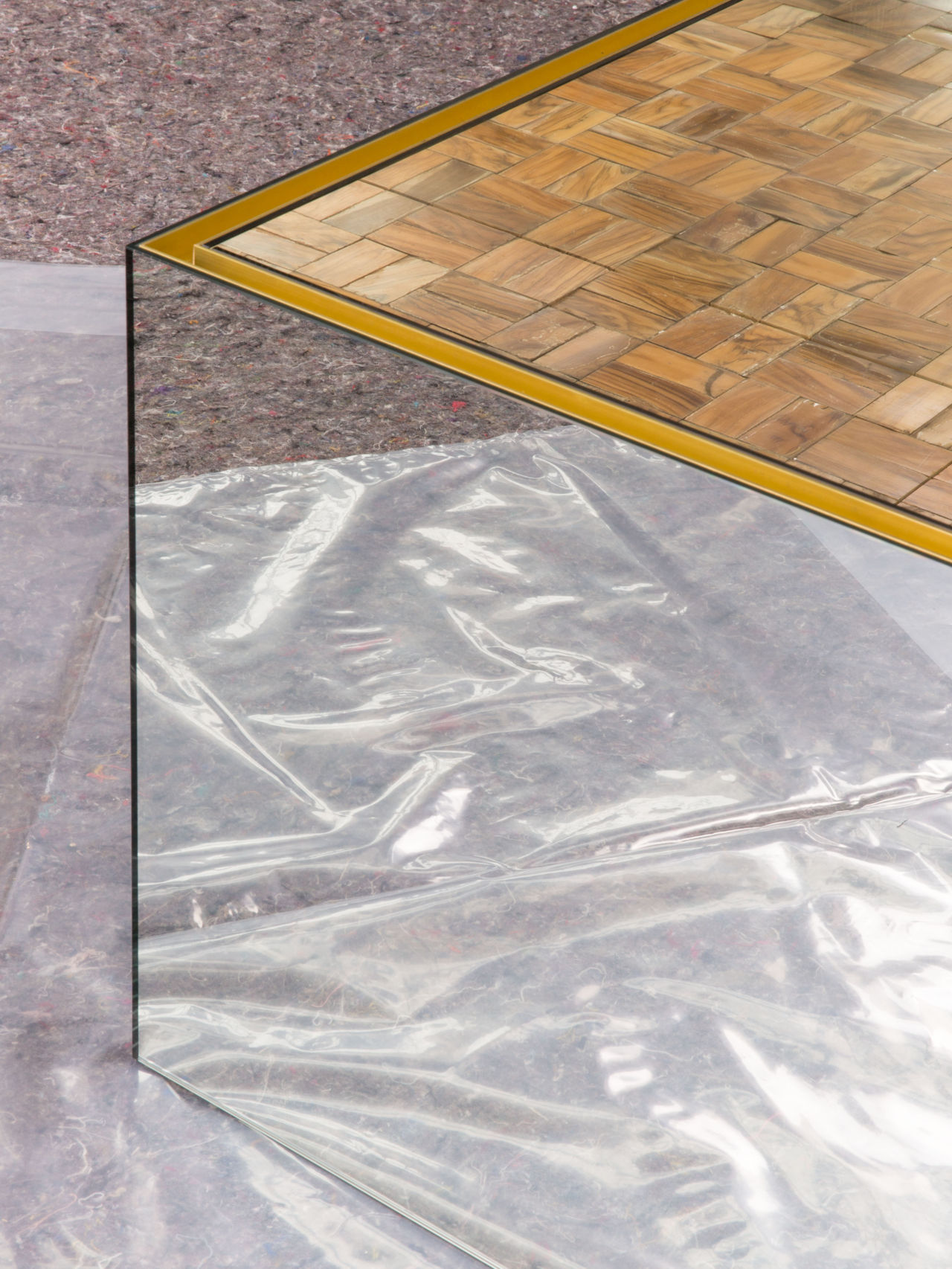

The first step is a call, sent in 2019 to a selected group of young under 35 architects and designers. The announcement itself is inspired from Ambasz’s, through a methodological revision that aims to update its action for today’s context. The ambition remains to identify a trend, to recognize the profile of a generation grappling with a metamorphic present - now more than ever. The second step is a book (a remarkable object to possess, carefully curated with engaging graphics and stylish typography), to be put in dialogue with the 1972 publication too. In the publication, Carrera and Svalduz clarify the scope of the research, reproduce their statement, and present the received projects. The third step, announced in the title page of the book, is the physical exhibition, from 30 March to 12 April 2020, at Palazzo Ca' Tron in Venice, headquarters of the IUAV. This step, of course, did not take place, due to the upheavals that the health crisis of 2020 introduced in social interaction, in the modalities of cultural aggregation and exhibition forms. Yet the incompleteness does not detract from the effectiveness of the reenactment, but rather extends the reach for an uncertain deadline, where the future awaits a break of some kind (vaccines for everybody? A techno-authoritarian drift?) to start to happen.
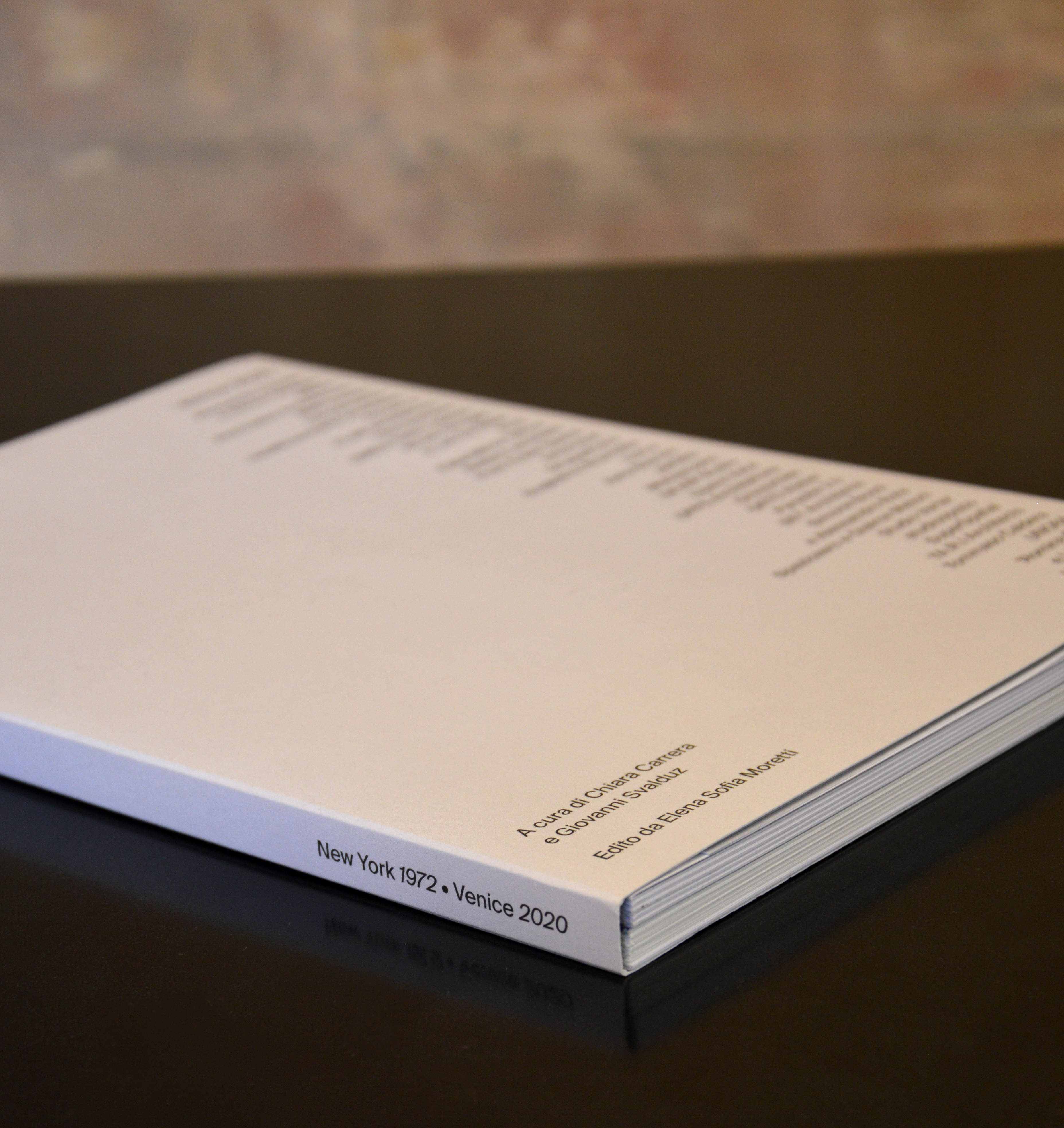
Looking back does not imply a nostalgic attitude at all, nor the prejudice that history repeats itself. As Yuval Harari argues in Homo Deus. A short history of the future, historians study the past to get rid of it, to understand that what happened could have been different, most importantly not to repeat it. It is in the space opened by this intellectual gesture that we can imagine the future. How the rise of the bourgeoisie in the twentieth century has shaped the spaces we live, with its charactheristic interiors composed of privacy spaces separated from the public space of the polis, is well known and discussed. Although perhaps this discourse is losing consistency, with the invasion of smartphones, who drag the social ambitions and frustrations in the most intimate corners of our homes, or workspaces. Can we still make a distinction, in the age of confinement and forced smart working?
Many of the 39 projects were selected to address these issues, obviously from a pre-Covid perspective. The ideas of the young architects and designers, with their gaze on their predecessors, float a bumpy topicality, towards the shape of the domestic space of the near-future. Without bothering the angel from Benjamin’s story, one might mention the piece Jungle by Millie Turner, where she sings “We don’t know the future, but we own it”. We are then waiting to see the exhibition at Ca' Tron one day, or maybe not.
